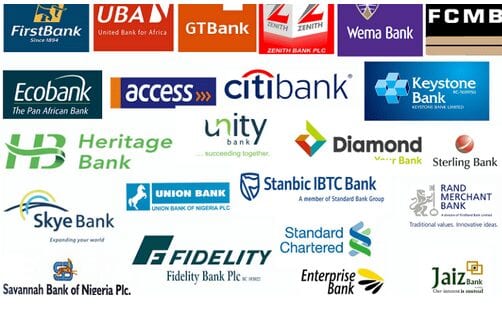Bad loans in Nigeria’s banking system soared to more than double the limit set by the regulator as the industry struggles with an economic downturn.
The ratio of non-performing loans to total credit rose to 11.7 percent at the end of June from 5.3 percent at the end of 2015, the Abuja-based Central Bank of Nigeria, which requires banks to keep the measure below 5 percent, said in a report on its website.
“Credit risk is expected to trend higher into the second half of 2016 owing to increased loan impairments resulting from the depreciation of the naira,” the bank said, adding that the inability of debtors to service foreign currency-denominated loans and bank exposures to the oil and gas sector were also factors.
Nigerian lenders are battling severe shortages of foreign exchange, which an almost 40 percent devaluation of the naira against the dollar in June has failed to rectify. Gross domestic product is set to shrink 1.7 percent this year, according to the International Monetary Fund, which would be the first full-year recession since 1991.
First Bank of Nigeria Ltd., the country’s biggest lender by assets, has been one of the worst hit. Its non-performing loan ratio increased to 23 percent at the end of June from 4.1 percent a year earlier.
Capital levels have also decreased. The sector’s capital adequacy ratio fell to 14.7 percent in June from 16.1 percent in December. For big banks, which the regulator classifies as having more 1 trillion naira ($3.2 billion) of assets, that fell to 15.65 percent, still above the requirement of 15 percent.
“The Nigerian financial system remains stable and resilient in spite of prevailing macroeconomic challenges,” Governor Godwin Emefiele said in the report. “The central bank will continue to focus on its main objective of maintaining price and financial system stability.” (Source Bloomberg)































